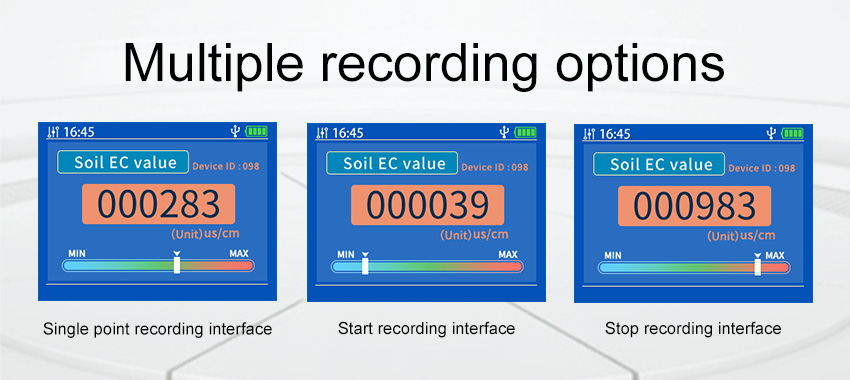Agriculture is undergoing a technological revolution, and one of the game-changers in this field is soil sensing technology. Traditional farming practices relied on guesswork and generalized approaches to determine soil conditions and nutrient requirements. However, with soil sensing technology, farmers now have the ability to monitor and analyze soil properties accurately and in real-time. This article explores how soil sensing technology is revolutionizing agriculture, its impact on farming practices, and the benefits it brings to both farmers and the environment.

Understanding Soil Sensing Technology:
Soil sensing technology involves the use of specialized sensors and monitoring systems to collect data about soil conditions. These sensors can measure various parameters such as moisture content, nutrient levels, pH balance, temperature, and even soil compaction. The collected data is then analyzed and interpreted to provide valuable insights into soil health and fertility.
Real-Time Monitoring and Precision Agriculture:
One of the significant advantages of soil sensing technology is its ability to provide real-time monitoring of soil conditions. By deploying sensors throughout the farmland, farmers can obtain accurate and up-to-date information about their soil’s health and needs. This data enables them to implement precision agriculture techniques, where inputs such as water, fertilizers, and pesticides are precisely targeted to meet the specific requirements of each portion of the field. This leads to optimal resource utilization, reduced wastage, and improved crop yields.
Improved Nutrient Management:
Traditionally, farmers would apply fertilizers uniformly across their fields, often leading to over-application or under-application of nutrients. Soil sensing technology allows for precise nutrient management by providing detailed information about the existing nutrient levels in the soil. Farmers can then tailor their fertilizer application according to the specific needs of different areas within the field. This not only improves crop nutrition but also reduces fertilizer runoff, minimizing environmental pollution and promoting sustainable farming practices.
Water Management and Conservation:
Water scarcity is a significant concern in agriculture, and efficient water management is vital for sustainable farming. Soil sensing technology plays a crucial role in water management by providing accurate data on soil moisture levels. Farmers can use this information to optimize irrigation schedules, ensuring that crops receive adequate water without wastage. By avoiding over-irrigation, water usage can be significantly reduced, leading to water conservation and cost savings for farmers.
Early Detection of Soil Issues:
Soil diseases, pests, and other issues can severely impact crop health and yield. Soil sensing technology allows farmers to detect such issues at their early stages. By continuously monitoring soil conditions, sensors can alert farmers to potential problems, enabling them to take proactive measures. For instance, if a sensor detects high soil moisture levels that may lead to root rot, farmers can adjust irrigation practices to prevent the onset of the disease. Early detection helps minimize crop damage, reduces the need for excessive pesticide use, and promotes sustainable pest management strategies.
Soil Health Assessment and Long-Term Sustainability:
Soil is a finite and valuable resource, and its health and sustainability are critical for long-term agricultural productivity. Soil sensing technology provides valuable insights into soil health indicators such as organic matter content, soil compaction levels, and microbial activity. By regularly monitoring these indicators, farmers can assess the overall health and quality of their soil. This information enables them to make informed decisions regarding soil conservation practices, crop rotation, cover cropping, and other measures aimed at improving soil fertility and long-term sustainability.

Data-Driven Decision Making and Farm Efficiency:
Soil sensing technology generates a vast amount of data that can be used for data-driven decision making on the farm. Advanced analytics and machine learning techniques enable farmers to analyze and interpret this data to gain valuable insights. By using this data, farmers can optimize their farming practices, improve resource allocation, and increase overall farm efficiency. For example, data analysis may reveal patterns of nutrient deficiencies in specific areas of the field, allowing farmers to address these issues proactively and prevent yield losses.
Conclusion:
Soil sensing technology is revolutionizing agriculture by providing farmers with accurate and real-time information about soil conditions. This technology enables precision agriculture, improved nutrient management, efficient water usage, early detection of soil issues, and long-term sustainability. By embracing soil sensing technology,